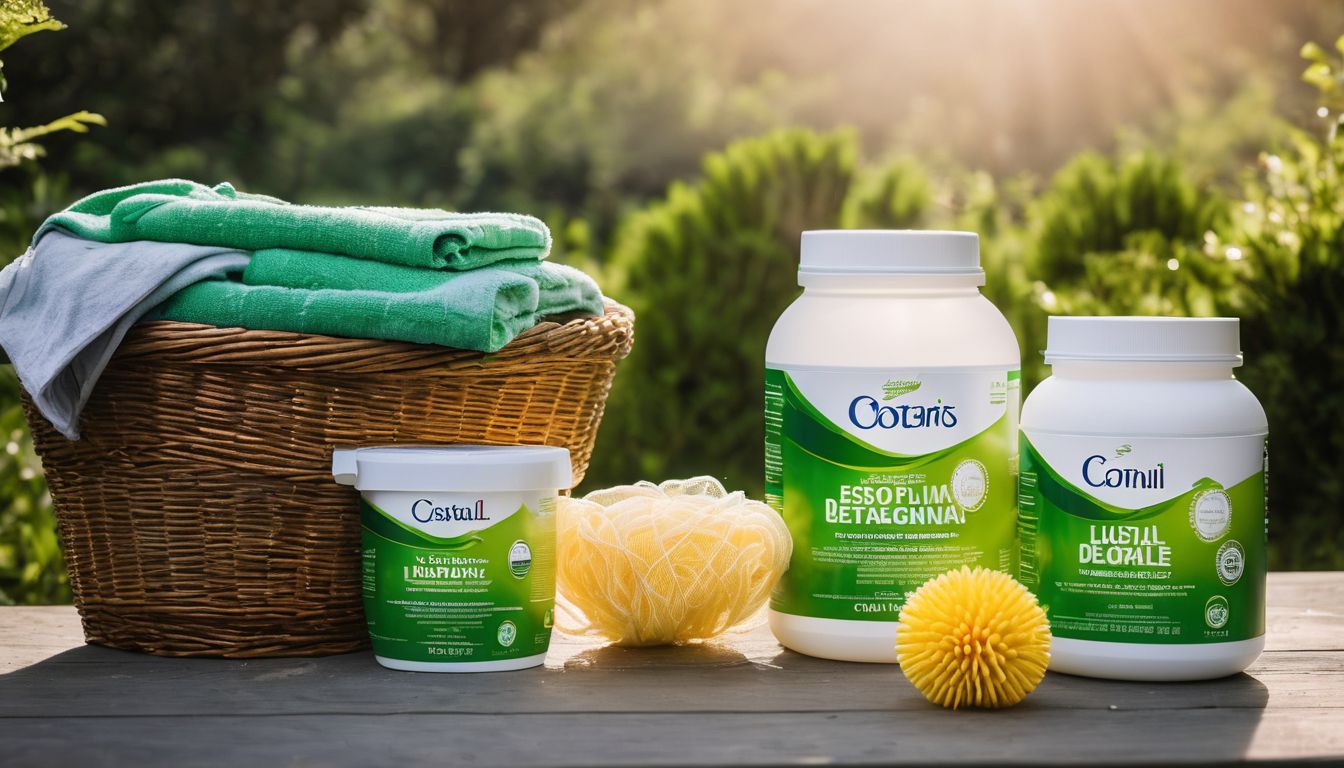The snow is melting, the ground is thawing, and the birds are singing with gusto—Spring is finally here! It is time to get into spring cleaning mode ☺Let’s open up our cluttered closets and ask: Do I really need all this stuff? Then let’s look ahead to next year’s spring cleaning and make a resolution to always ask: Do I really need that new thing? Sometimes the answer will be “yes” but more often it’ll be “NO.” This guide dares you to take the Spring Cleaning Challenge! Read on for tips on how to reduce your possessions while minimizing your desire for more stuff….
BENEFITS FOR THE ENVIRONMENT: Reduce, reuse, recycle! Too often we forget that first of the three major Rs. To give the natural environment even half a chance, our consumption-based consumer habits must change. We must start buying differently (organic, chlorine-free, FSC-certified), but first and foremost we must simply buy less. REDUCE. Sure, buying an organic cotton T-shirt as opposed to a pesticide-laden Tee is better for the environment… but wouldn’t it be best to never buy the shirt at all?
BENEFITS FOR YOU: We buy a lot of our stuff because it promises us more convenience, but once we buy too much of these “convenient” things, every additional thing feels more like a burden than a blessing. We end up having to maintain a microwave, an oven, a toaster, AND a toaster oven, even though all of those appliances do essentially the same thing (heat stuff up). We launder and organize three drawers of shirts, even though no one would notice if we began alternately wearing just six shirts. We spend more time working to acquire goods and then maintaining the acquired goods than actually using the goods. We root ourselves into a cycle of work and spend, and our consumerist society applauds this cycle. The more we obtain, the more we want. We may start to feel frustrated or even dissatisfied. Breaking this attachment to material possessions and our correlating unmet desires might actually make us happier. Sometimes having less gives us freedom to do more ☺
Time and Effort: Moderate to High
Cost: You should be saving money!
The Spring Cleaning Challenge:
- Clear one day on your schedule and dedicate this day to Spring Cleaning. We’ve all learned this lesson: Clean just half a room, and the other half never does get cleaned tomorrow, or even the day after tomorrow. Resolve to do this today.
- Count all of your non-perishable possessions. Count everything, even your underwear and your spoons. You may even want to write down all of your things…109 books, 4 pairs of jeans… Keep counting. Once you’ve counted everything, ask yourself: How does all this stuff make me feel? Do I even want all of it?
- Let go of everything that you no longer want. You know… that old Cinderella costume and the 26 videocassettes that you’ll never watch again. Don’t just trash them. Give them away, or dispose of them responsibly. This Greeniacs guide about recycling might help: “Recycling 101” .
- Now ask yourself: Do I need all of it? This step is much harder than the previous one. How do we define “need”? Surely there are some things we need—a blanket, a shirt, a cup, a spoon. But do we need this laptop? In this age of technology, many would argue for it, even though it’s not crucial for our physical survival. Do you need the stuffed dog that you’ve had since you were four? Only you can answer that. Realize that everyone’s definition of “need” varies. Some people have purposefully reduced their possessions to 600 items, while others have taken that number down to just 100 things—yes, that’s counting every pair of underwear!1 There is no reason for you to reduce your items down to 100, but, if you like goals and numbers, you might want to set a reasonable goal. Maybe 1,500 items before you hit the hay?
- Organize all of the possessions you’d like to keep. Check out the Greeniacs guide on homemade eco-friendly cleaner .
- Your project does not end today. Make a commitment: Give away just one item—a book, a pencil, a sweater—per day for one month (or two months, or even a year). When you receive an item as a gift, donate one of your possessions to a charity in exchange.
- Before buying a new thing, ask yourself: Do I need this? Do I truly want it? Must I have the latest version? Can I borrow this from a friend instead?
- If you do decide to buy, ask yourself: Can I buy this used? Can I buy a version of this thing that is built to last? Will I be able to repair this thing if it breaks? Can I buy a classic version of this thing so that it doesn’t go out of style?
- To avoid buying things in the future, reevaluate your current possessions and ask: How can I make this stuff last longer? Do I know how to maintain it properly? When these things have stopped working, can I re-purpose them to fulfill another need?
- Don’t do it alone. Ask your friends and family if they’re up for the Spring Cleaning Challenge! Read about how others have de-cluttered their lives and learned to buy less. I highly recommend the blog of The Nonconsumer Advocate (a.k.a. Katy Wolk-Stanley). Her motto is “Use it up, wear it out, make it do or do without.”2
- After a month or two, ask yourself: Do I miss any of the objects I gave away? How has my lifestyle changed? How can I modify this challenge to make it most rewarding for me?
So, when does this challenge end? Well… never! Consuming is an inherent part of living. We will always have to ask ourselves: How much is enough? Maybe you’re OK with less than 600 things. Maybe you “need” more ☺ The numbers matter less than the mindset. Do your possessions feel like an aid or a burden? Do you still crave the latest iPhone or that new loveseat? When you feel a strong desire for an object (and we all do at times), focus your attention not on the desired object, but on your feeling after you receive the object. The object will undoubtedly make you happy (or at least excited), but for how long? Be realistic. Will your happiness be sustained? If you do not act on this desire, will your quality of life truly decrease? Don’t listen to the ads on TV, the radio, the internet. Listen to yourself! Consume consciously, and have fun doing it.
Now we’ve got to get outside—Spring is in the air!




